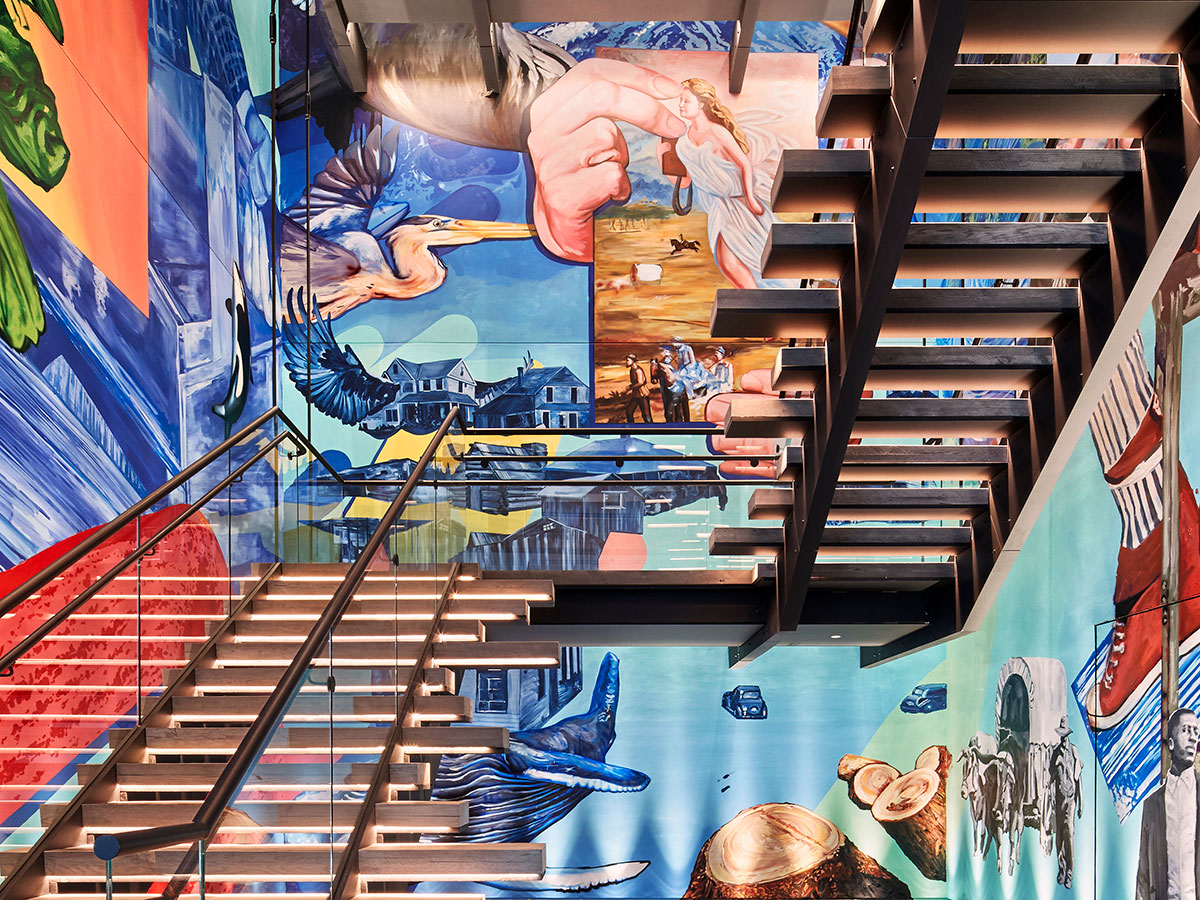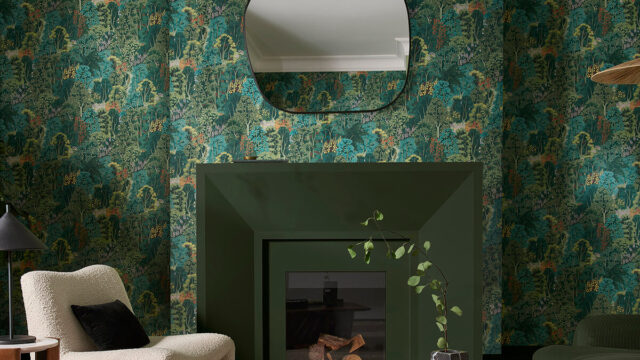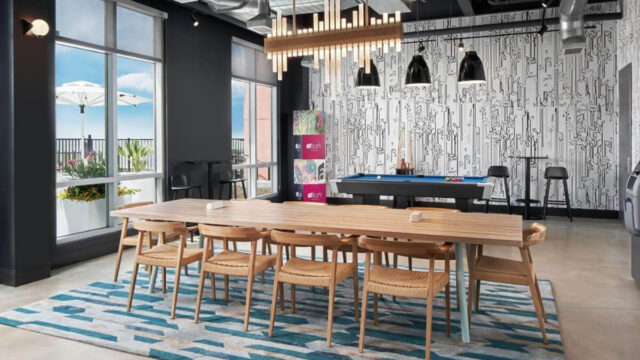In 2018, architecture firm HKS Inc. branched out. For the hospitality sector, specifically, it was able to position itself as a multidisciplinary team of designers, architects, brand strategists, researchers and much more. As a result, more opportunities unfolded for the firm.
“2018 was a good year for the firm,” said Don Harrier, principal and hospitality director, HKS Inc. “We saw a lot of cross collaboration between our hotel projects with retail, entertainment, and food & beverage opportunities. We’re looking forward to seeing this market grow as developers and flag operators are understanding that mixed-used destinations present a real value for guests and businesses. We’re seeing this be embraced by our ongoing partnership with Cordish and its Live! brands.”
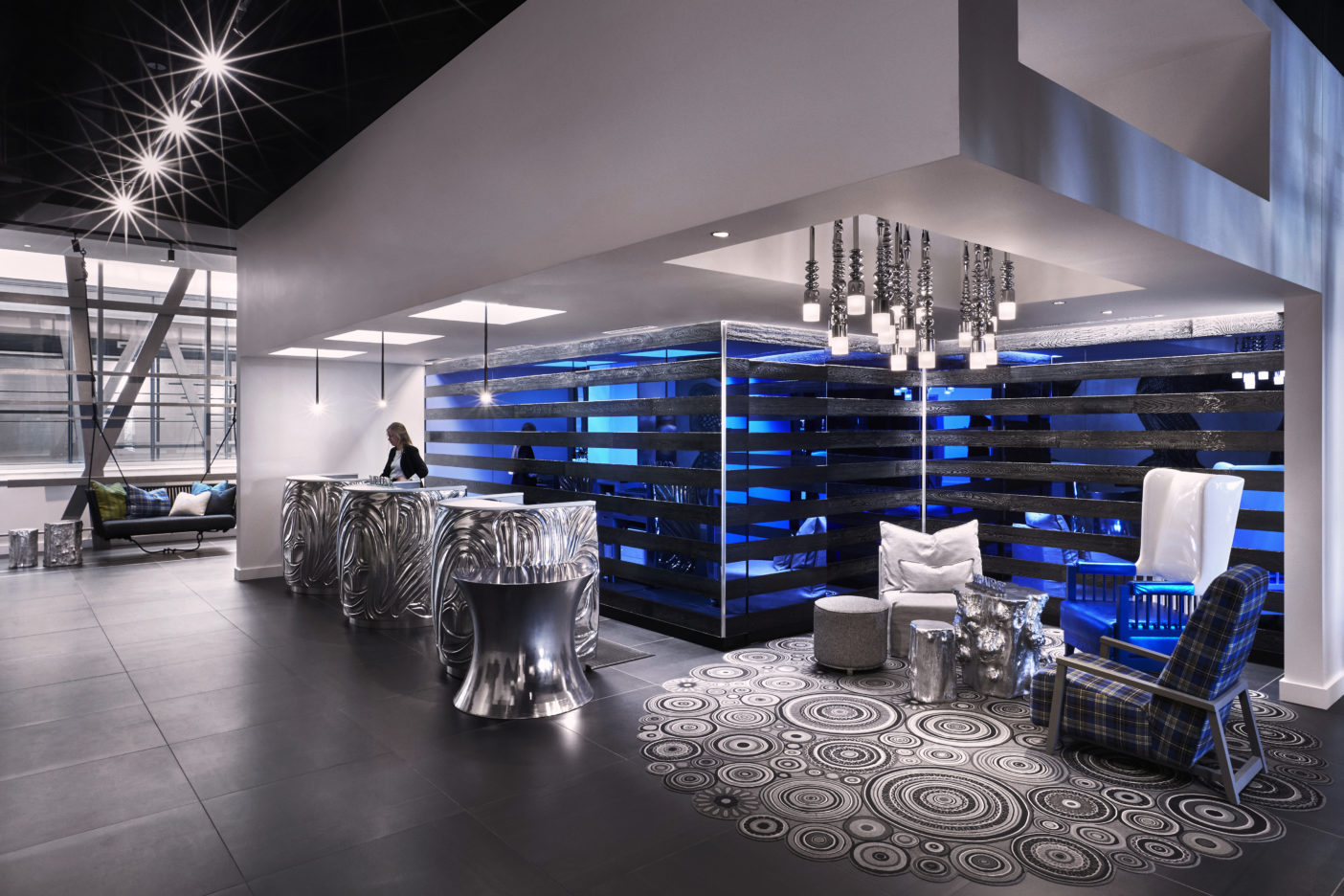
Founded in 1939, the firm seeks to include owners and operators in the design process for a unique perspective of the guest experience, while bringing its own diverse offerings to the table. “Our philosophy is to always approach opportunities with a long-term outlook on growing strategic relationships with developers who share a vision of creating unique experiences for their guests, as well as celebrating the collaborative process of design,” said Harrier.
In a Q&A, Harrier and Mary Alice Palmer, principal and director of hospitality interiors at HKS Inc., talk further about what’s new in the world of hospitality and design.
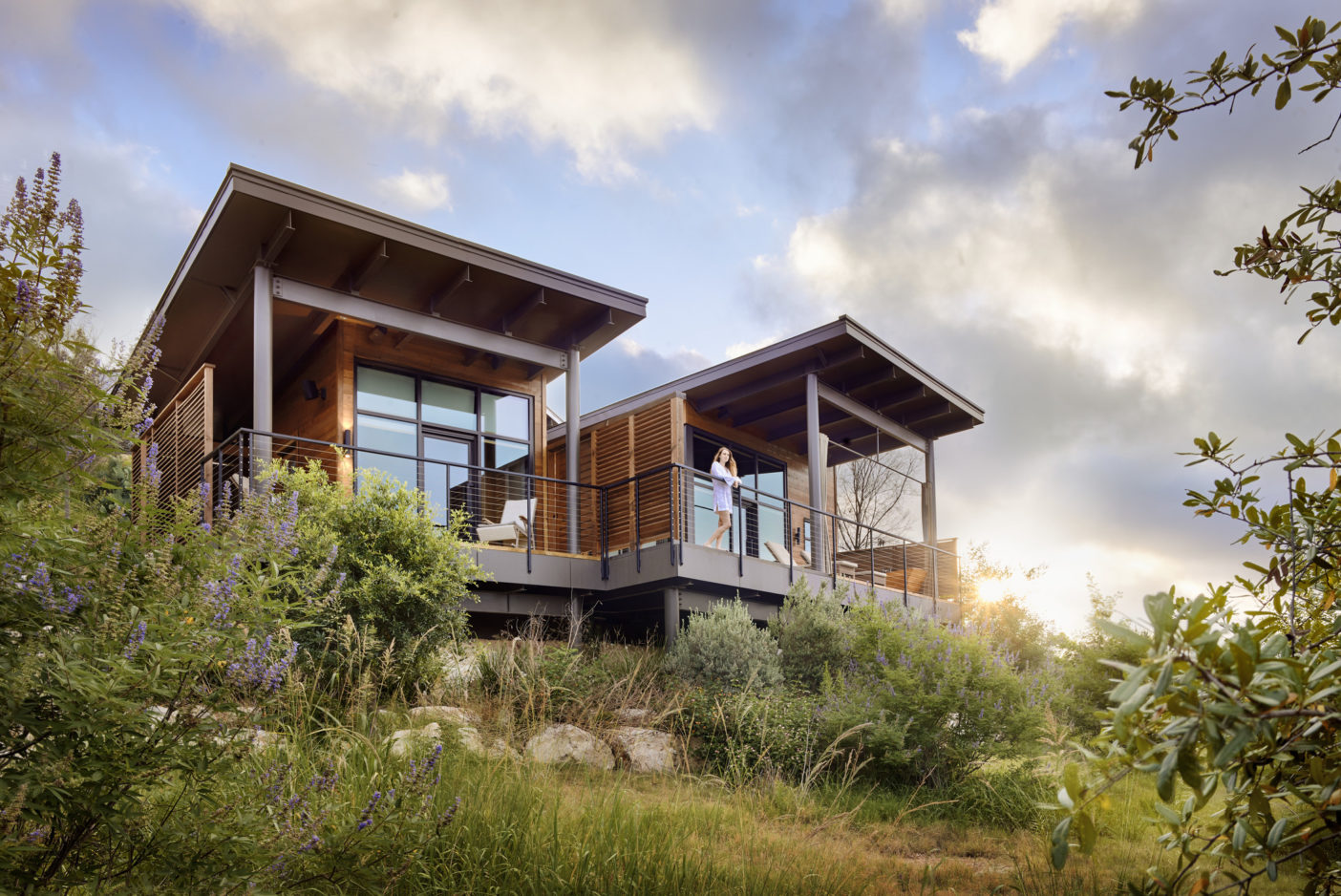
Wellness and luxury is a trend continuing to emerge. How are hotel brands taking this notion forward or redefining it?
Harrier: Hotel companies that are concentrating on wellness and luxury are making a distinction on what it means for their brand; they are expanding the guest experience to include a truly curated experience based on the guest’s needs. The message needs to resonate to the guest in a way that embodies the brand DNA. Currently, there are too many sub-brands that emphasize wellness, yet miss opportunities to develop a brand loyalty by introducing the guest to the local context of the city or region that they are visiting and how wellness and place can be a memorable experience. The expanding sub-brands are diluting the marketplace and that can be confusing to the guests as they attempt to discover a meaningful differentiation in the experience. A few brands are realizing this and are consolidating, such as Hyatt acquiring Two Roads Hospitality, strengthening its lifestyle and well-being offerings.
Natural disasters were big news this year and hoteliers need to be mindful of the design, building and renovation of projects. What lessons learned can HKS share?
Harrier: It’s really our responsibility to educate our clients and advocate for resilient projects. Resort destination locations and building materials need to be scrutinized early on in the process. We need to make sure we’re paying attention to weather patterns; climate change is affecting regions in adverse and new conditions that call for the need to critically examine how design responds to stronger storms and extreme conditions. It’s critical that in our jobs as architects and designers, we are putting the safety and welfare of all users first. When pushing hoteliers to implement resilient design strategies for either a renovation or new-build project, we’re advocating on behalf of both users and guests. This advocacy needs to continue to happen at all scales and at all times.
There’s some talk among designers about a new focus on brand identity and building a narrative. How is HKS doing this for clients through design, especially in the case of larger chain hotels with multiple sub-brands?
Palmer: While focusing on brand identity isn’t necessarily a new idea, it’s becoming the impetus for all creative decisions. When working with clients, we make sure to understand both the physical and social history of the space. It’s equally important to understand the contemporary culture as well—the insider tidbits or lesser-known facts. This knowledge helps to build a unique storyline that can be expressed through design.
As we build out the narrative, it then becomes the guiding principle throughout the project. It allows the full team—the owner, developer, all design partners—to be aligned. It also helps to paint a verbal picture before the design team actually starts the visualization process. The narrative becomes translated to the brand’s marketing, back- and front-of-house staff and operations team. When the narrative is fully integrated within all aspects, guests will pick up on the continuity, even if they’re not fully aware of the story. Larger brands are really diving deeply into the narrative exploration as they understand how that can become the differentiator for their properties. It curates the guest experience and gives the guest a unique sense of place.”
Please share a project where HKS took advantage of adjacent spaces within a hotel to create interesting social spaces outside the guestroom.
Palmer: The W Bellevue hotel in Bellevue, WA, has a multitude of great social spaces throughout the property. Being located on the shores of Lake Washington, the narrative is of a virtual lake house, and the design is deeply rooted in memories of summers at the lake, local lore, historical references, varied and legendary musical and fashion culture influences. A few of the significant social spaces include the following:
- The Lakehouse Livingroom, a space for gathering and indulging in creative libations around a roaring fireplace with deep sofas and lounge chairs
- The Pool House, so named for the billiard game, not the water feature. The heart of the Pool House is the DJ Booth where the music has blown the House apart and its fragments fly high.
- A glass wall opens out to The Porch, where a campfire beckons surrounded by swings and rockers and cushions in an open-air lounge for relaxing rain or shine in the great outdoors, where urban meets wilderness.
- Guests can retire to The Library for a nightcap and some pillow talk with a reading of a trashy romance novel or lurid detective story from the crammed shelves of summer cast-offs.
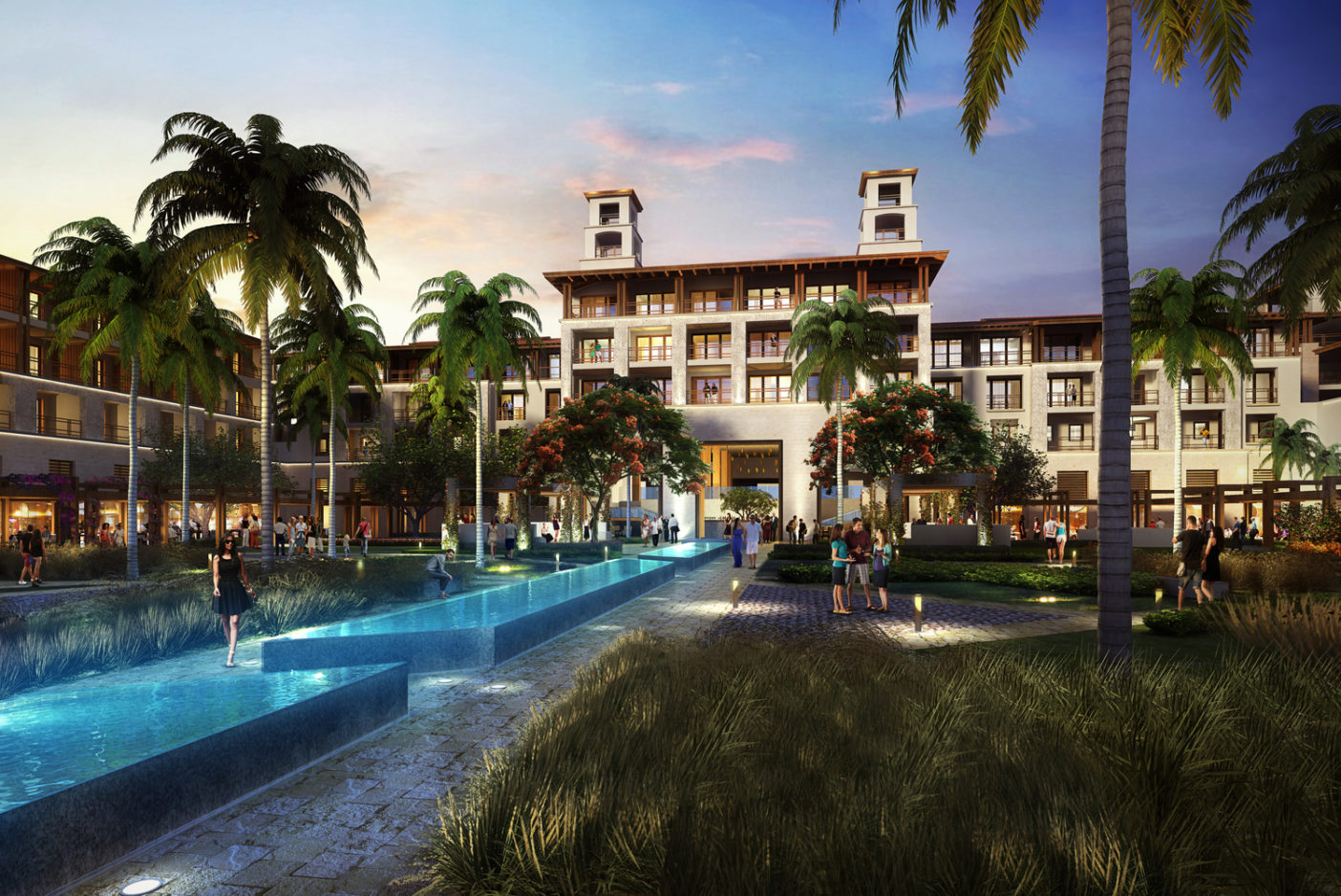
What other trends should the hotel industry watch for in 2019?
Harrier: The new look and feel of all-inclusive destinations is something that we’re already starting to see now but will definitely be making waves in 2019—especially for the luxury world. Major operators are looking to explore this with their sub-brands and create destination resorts that offer options to guests that range from limited-service to luxury offerings. There is also hints of a slowdown in the market. If that’s the case, properties will be looking to renovate existing properties as opposed to building new.
What trends would you like to see fizzle out?
Harrier: The oversaturation of sub-brands from larger operators is becoming confusing for the guests, and we hope that slows down a bit. While it does allow a large operator to break out of certain standards that have been embedded for decades, we hope that hoteliers understand the importance of focusing on their own identity.
Palmer: It would be great to see hoteliers break away from restrictive branding standards and allowing those standards to become a baseline. Exploration is extremely important and so is allowing for flexibility. Too often we see the standards drive the design and it’s our jobs to make sure we explain the benefits of embracing freeform expression.
